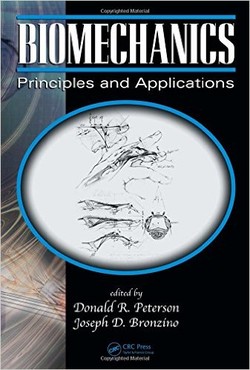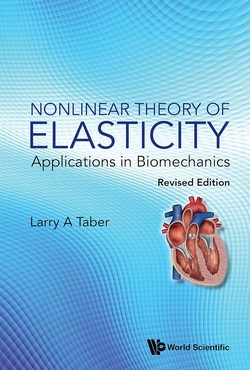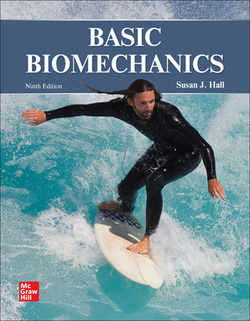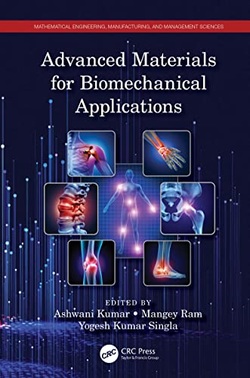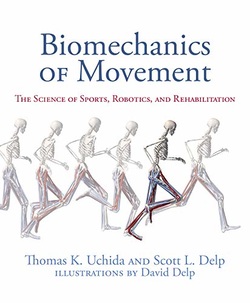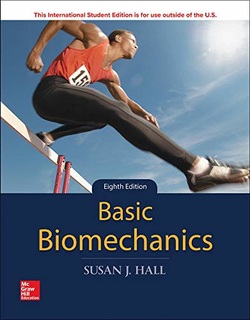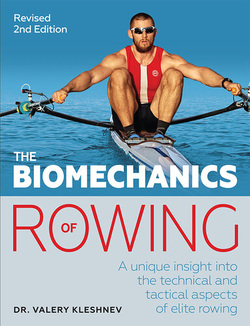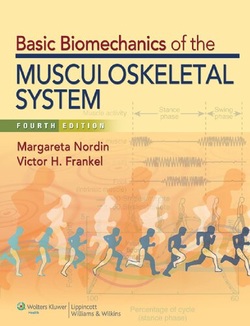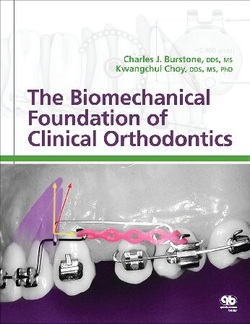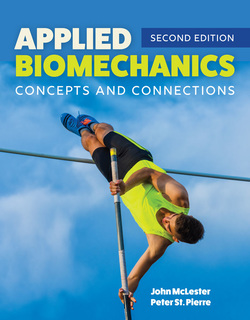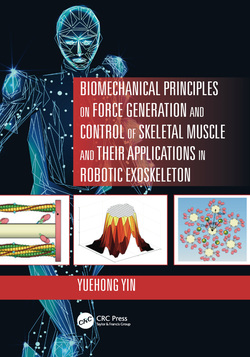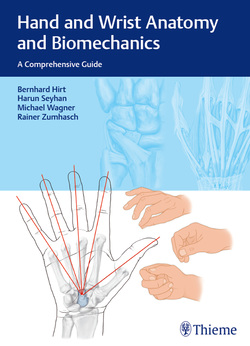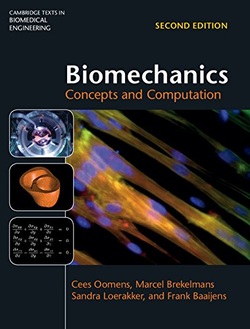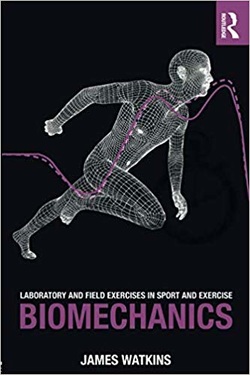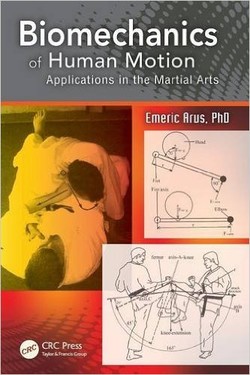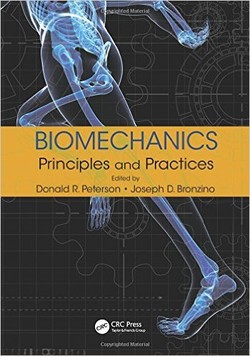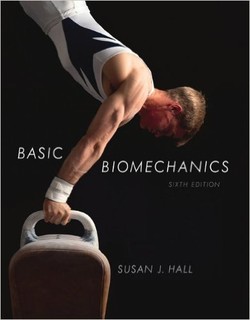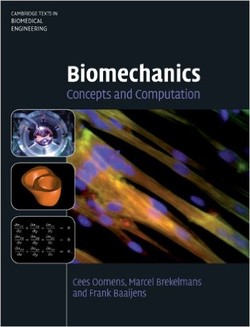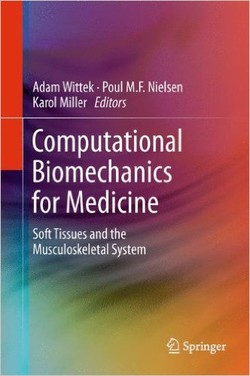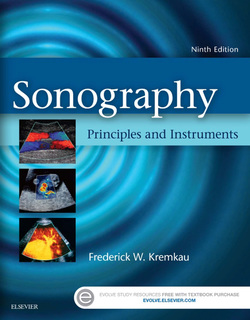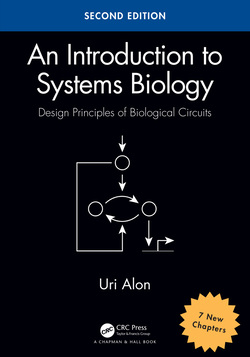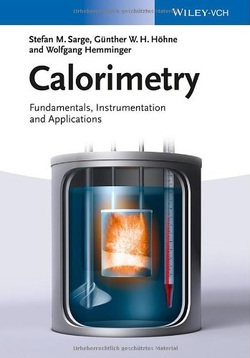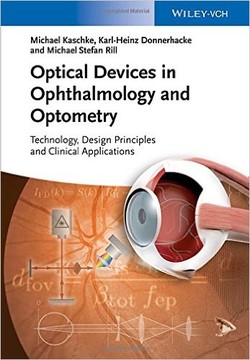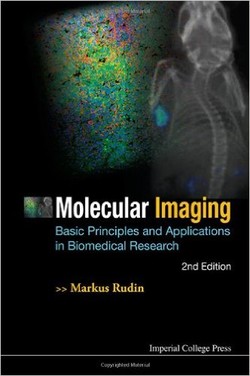بهطور سنتی، برنامههای کاربردی بیومکانیک، سطوح متفاوت بدن انسان را مدلسازی مینمایند. درنتیجه، بهنظر میرسد اکثر پیشرفتهای تکنولوژیک تا به امروز در حوزه توسعه دستگاه سطوح سیستم رخ دادهاند.
در سالهای اخیر، طراحهای بیومکانیکی درحال بررسی و تحقیق روی زیرسیستمهای بیولوژیکی همانند بافت، سلول و مولکول بودهاند. با پیشرفتهای حاصله در ابزارها و روشهای تجربی، طراحها نیز به نوبه خود در زمینههای نانو و میکروتکنولوژی فعالیت نمودهاند.
این کتاب مرجعی مختصر و درعینحال جامع در ارتباط با مدلهای سیستمها و زیرسیستمهای بیومکانیکی بوده و بهمنظور افزایش درک کلی از عملکرد و فعالیتهای بدن انسان فراهم آمده است. این کتاب که درحال حاضر به سومین چاپ خود رسیده است جزو بهترین و پرفروشترین کتابهای مهندسی پزشکی بوده و منبعی از اصول و کاربردهای بیومکانیک میباشد.
این اثر شامل بیش از 140 تصویر و 60 جدول بوده و با استفاده از انواع معادلات مفید در رابطه با مدلسازی رفتارهای بیومکانیکی، به هر دو گروه حرفهای و مبتدی در رشته مهندسی پزشکی کمک خواهد کرد.
در سالهای اخیر، طراحهای بیومکانیکی درحال بررسی و تحقیق روی زیرسیستمهای بیولوژیکی همانند بافت، سلول و مولکول بودهاند. با پیشرفتهای حاصله در ابزارها و روشهای تجربی، طراحها نیز به نوبه خود در زمینههای نانو و میکروتکنولوژی فعالیت نمودهاند.
این کتاب مرجعی مختصر و درعینحال جامع در ارتباط با مدلهای سیستمها و زیرسیستمهای بیومکانیکی بوده و بهمنظور افزایش درک کلی از عملکرد و فعالیتهای بدن انسان فراهم آمده است. این کتاب که درحال حاضر به سومین چاپ خود رسیده است جزو بهترین و پرفروشترین کتابهای مهندسی پزشکی بوده و منبعی از اصول و کاربردهای بیومکانیک میباشد.
این اثر شامل بیش از 140 تصویر و 60 جدول بوده و با استفاده از انواع معادلات مفید در رابطه با مدلسازی رفتارهای بیومکانیکی، به هر دو گروه حرفهای و مبتدی در رشته مهندسی پزشکی کمک خواهد کرد.
سال انتشار: 2008 | تعداد صفحات: 357 | حجم فایل: 5.90 مگابایت | زبان: انگلیسی
Biomechanics: Principles and Applications, Second Edition
نویسنده:
Donald R. Peterson, Joseph D. Bronzino
ناشر:
CRC Press
ISBN10:
0849385342
ISBN13:
9780849385346
